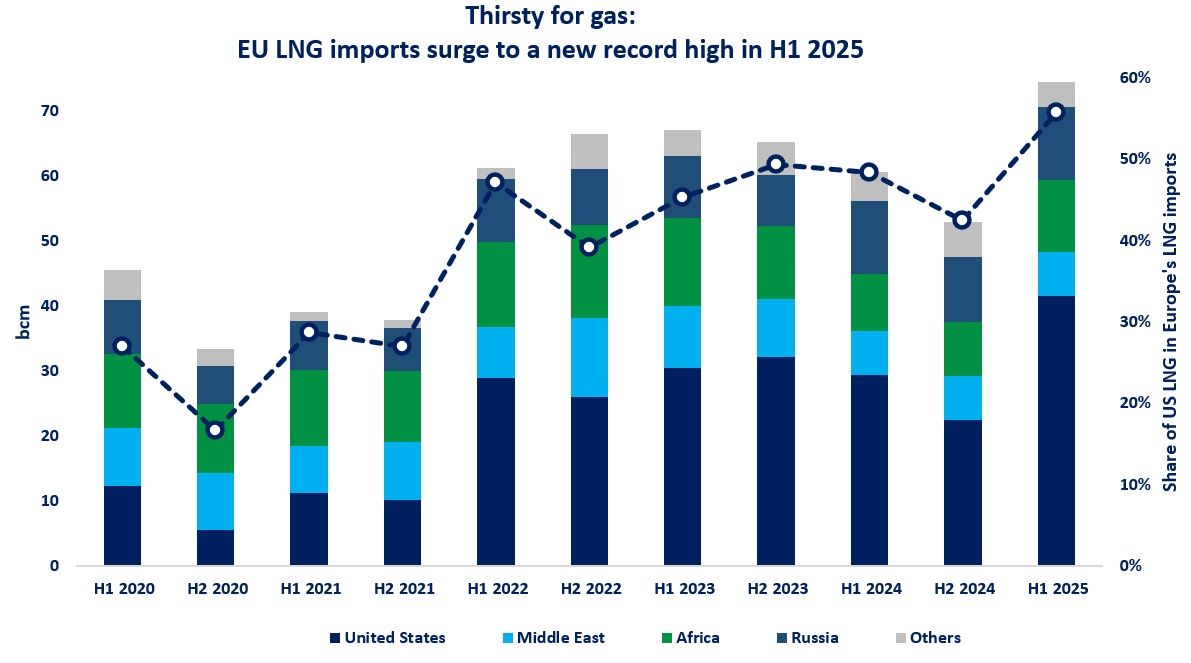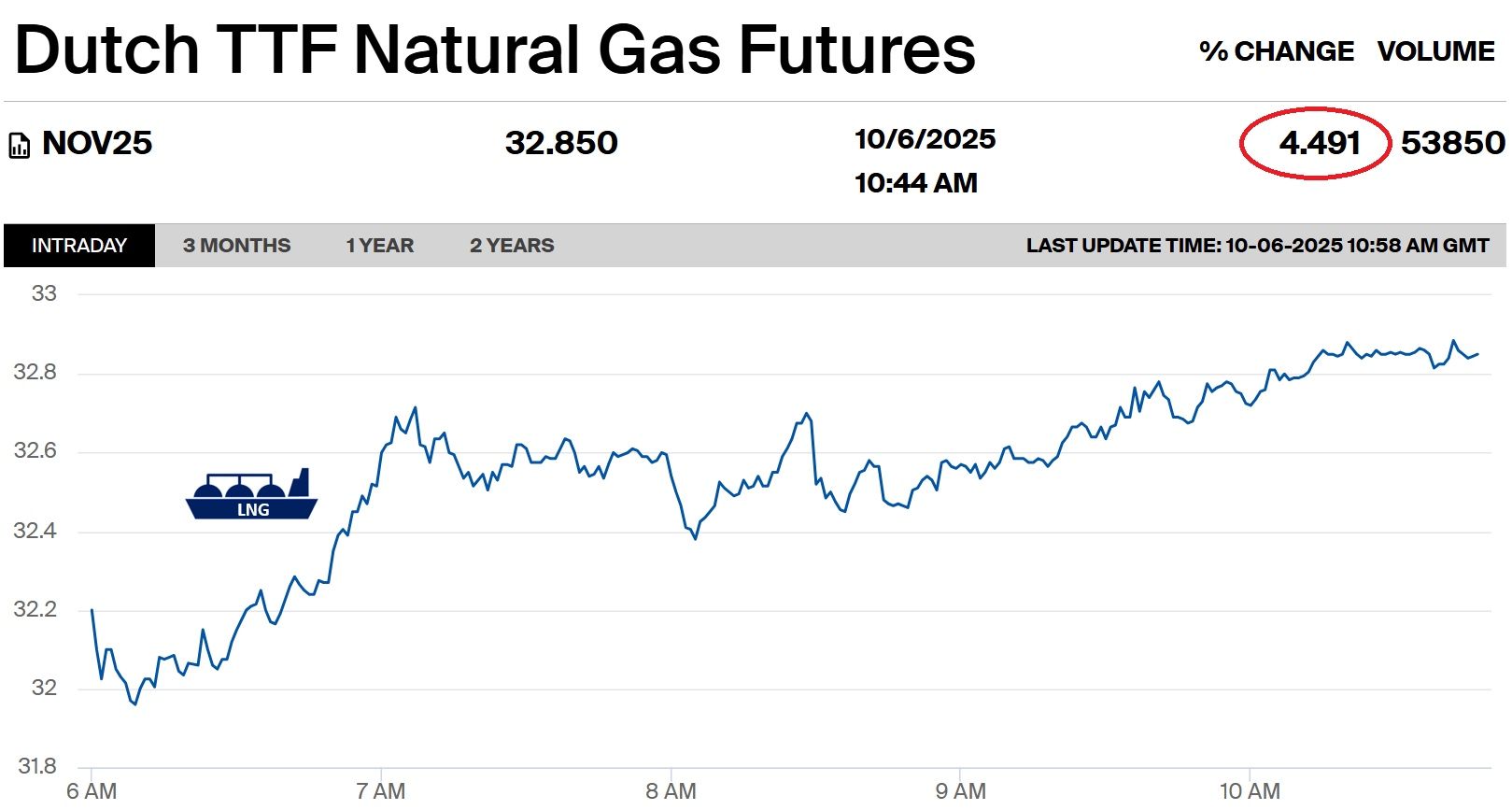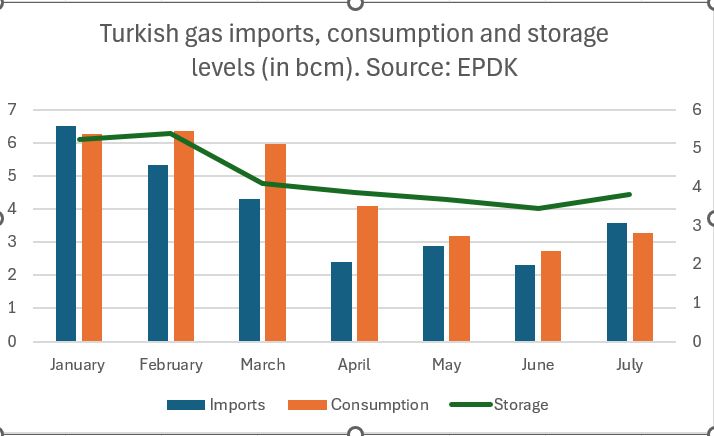

TTF Day-Ahead surged by 90pc from the start of Q2. However, market developments on the other side of the globe were in no way less dynamic over the same period. Asia has not only made western buyers unable to come close to competing for spot LNG but has strengthened its ability to draw additional cargoes from Europe.
Abnormally high temperatures Eastern and South Asia experienced between May and July have prompted regional importers to turn on ‘a vacuum cleaner’ for soaking up as many seaborne volumes as possible. That vacuum cleaner has been actually supplied with power by higher Asian LNG spot prices, spiking to multi-year seasonal highs in recent times.
CME JKM Front-Month Future spread to Ice Endex TTF Month-Ahead was, on average, €4.5/MWh from 1 June to 2 July, an increase of about 50pc since April and 115pc compared with March. That difference in prices contributed to maximization of deliveries eastwards directly from LNG plants, and at the same time resulted in more cargoes being re-exported to Asia from European ports.
May’s re-exports fell so close to those of January 2021, when a total of approximately 400kt had been delivered along that route amid skyrocketing LNG prices in the Asian market. In June, players were also actively resorting to Europe’s receiving facilities for further supplies to China, India, Bangladesh, etc. If the Dutch Gate LNG terminal had not been stopped for planned maintenance since mid-June, traders may have even hit this year’s monthly record set in early 2021.
Re-exporting activities in the coming months will depend on how long spot LNG continues to be in strong demand among Asian buyers, given that the prices hold steady above $10/MMBtu. Should warm weather continue across Asia, it is quite possible that an extended period of high gas consumption for cooling can immediately be followed by massive purchases of LNG during the fall of 2021 to secure enough supply for winter conditions.
Source: Yakov Grabar
See original post by Yakov at LinkedIn.













